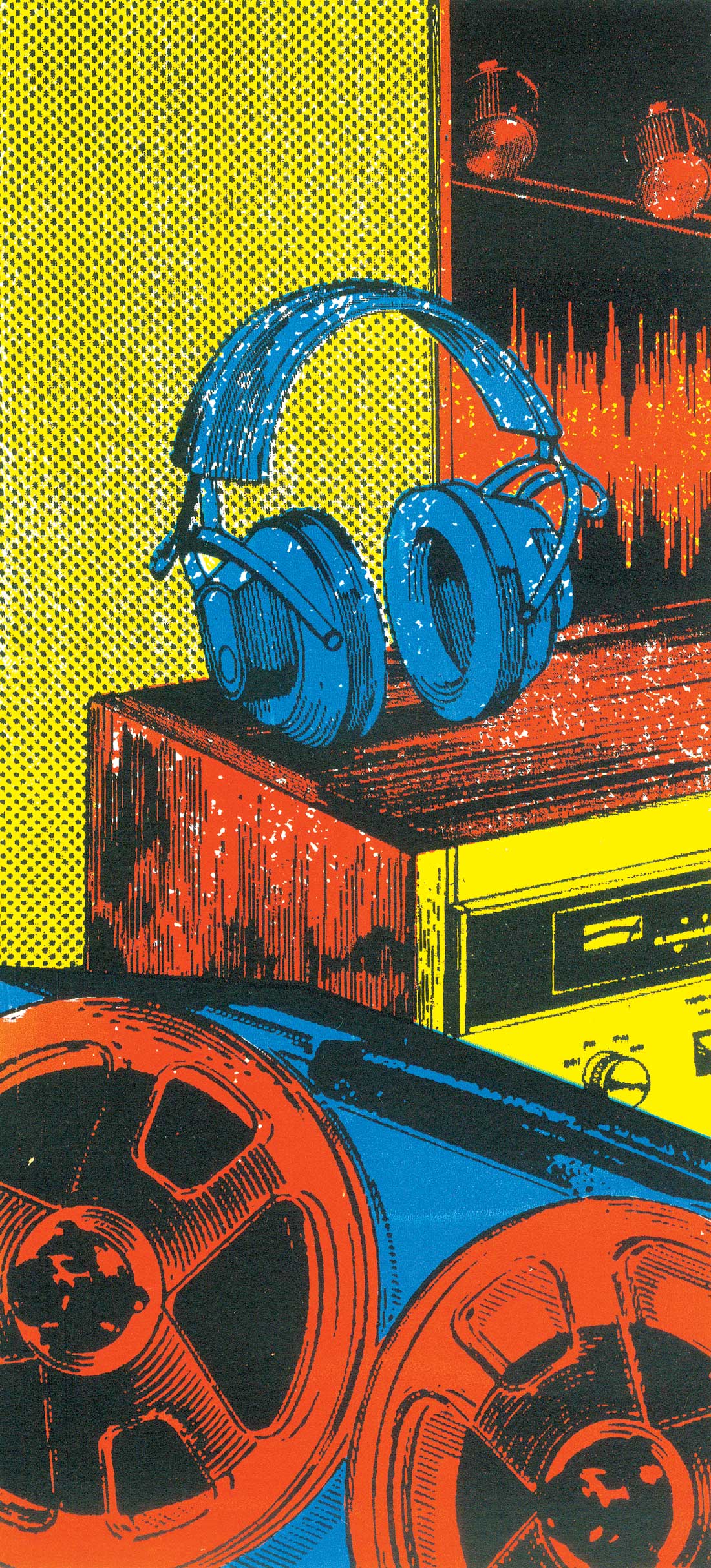I'll admit, it took me a while to grok the UA DCS Remote
Preamp. On paper, it didn't strike me as a piece of gear which fulfilled a specific need in my studio. In practice, however-totally different story. I'm gonna be sad when my review unit has to go! The DCS, or Desktop Console System, is the first in a line of products from UA designed to enhance and expand the DAW environment. The concept behind this family of gear seems solidly utilitarian. UA seems to be asking, "What are the weakest links in the conventional DAW setup, and how can we fill these gaps with some low-profile, high-quality kit?"
The DCS is really two units: a compact base station with all of the necessary I/O connections, and a remote which communicates to the base station via standard CAT5 cabling. Its basic feature set is deceptively simple: two matched solid-state "console-grade" mic preamps married to some specialized monitoring features, all remotely controlled via a tough-looking "micro-console" complete with talkback and VU meters. But the DCS is way deeper than that. The mic preamps are stereo or mono switchable with adjustable low-cut filtering, polarity reversal, and mid-side decoding for easy MS-stereo recording. Each of the two channels also features a high-impedance DI input. The headphone, or cue section, is well thought out, with monitor-exclusive EQ and even nine different reverb presets to sweeten cue mixes. A built-in talkback mic with momentary switch is included on the remote as well.
The base station's basic I/O is divided into A, B, and C inputs with A and B being the two preamp channels and C being an aux in. There are separate A and B ins for both XLR and 1/4" DI or line inputs. There are also 1/4" balanced TRS preamp outs and left and right speaker outs, plus cue and discrete talkback mic outs. Note too that the unit has a D input (TRS) which is ostensibly for the future UA DCS Monitor Master product. The base station itself is a big silver brick powered by a standard IEC cable. All connections are hidden on the rear of the unit.
The cue mixing system is really flexible and offers a lot of cool, creative ways to get a good headphone mix together. The way I set up the DCS was to patch my main DAW L&R outputs to the base station C inputs, using the cue mix to feed my main room's headphones. The A and B channels can be fed to the cue mix individually, effectively negating possible DAW latency issues. I didn't find myself using this feature that often as I commonly used the DCS in conjunction with other live inputs on different preamps (and was able to provide tolerable latency anyway), but its usefulness is clear. The coolest monitoring feature for me was the fixed high and low EQ for the cue mix, which allowed me to tailor headphone mixes on the spot, clearing out low end for flat singers and whatnot. Talkback is clear and bright. The button feels solid and durable, although a footswitch jack is missed.
The newly designed transformerless preamps are unlike anything else in UA's architecture, but they continue in the tradition of UA's high build-quality. I found them to be clear and clean and a huge improvement over standard DAW mic preamp fair, like Digidesign's Mbox or Digi 002. I particularly liked them for stereo drum mic'ing; they have lots of headroom and great transient response. One slightly tricky element in getting the DCS set up properly was the calibration of the preamp outputs to the DAW inputs, although UA provides a decent solution in offering a Gain Trim feature. This allows you to match the max output of the mic preamps (before clipping) to the max input of your DAW (0 dBfs); the user's guide has specs for max input levels on most of the popular DAWs. Once that's set, you can trust the VUs on the micro-console's meter bridge. Speaking of the VU meter bridge, it's big and bright and decidedly analog, of course. I liked being able to adjust its tilt to 45 degrees, which made the micro-console seem even more ergonomically functional than it already is.
One of the coolest features, however, is implied by the product's name; it's a remote! No duh, right? Well, what struck me is that CAT5 cabling allows for really long cable runs (the DCS ships with a lengthy cable-at least 75 ft), so with a few additional cables, I could easily move the remote from its position in the control room to my main room, or any other location I can wire to. It'd be interesting to test this idea with a wired router or wall-plug bridge, but that's getting into networking kung fu that I seldom have the patience for. Regardless, this flexibility is great when you're acting as both engineer and artist, typically running from one room to another. The DCS paired with a Frontier Design Group TranzPort remote would be a formidable solution for those of us who record in this fashion. It also comes in handy on mobile sessions; suddenly you have the ability to make any room an impromptu control room.
All in all, this is another unique piece of gear that, much like the Dangerous Music D-Box, recognizes the shortcomings of the modern DAW studio and provides solidly engineered solutions to fill those gaps. That the DCS does so with style and UA pedigree is icing on the proverbial cake. ($1499 MSRP; www.uaudio.com)
Tape Op is a bi-monthly magazine devoted to the art of record making.




_disp_horizontal_bw.jpg)